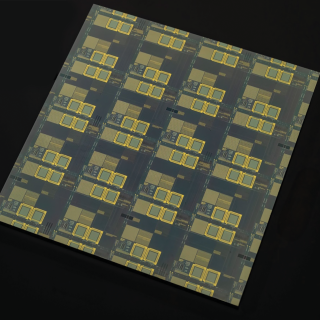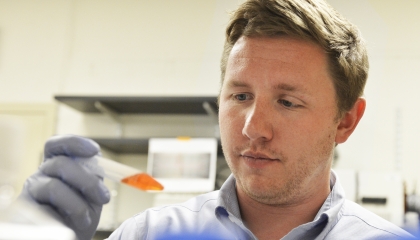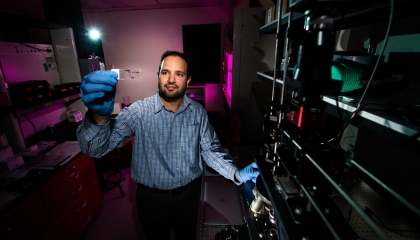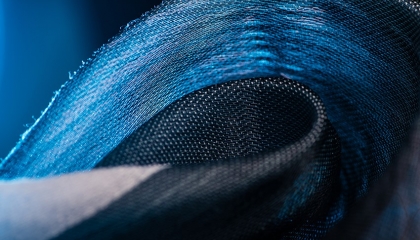

Biological and Chemical Technologies
We view molecular-scale phenomena as critical to many future and emerging national security challenges. To address these challenges, our group develops tools that collect, manipulate, and process materials and information derived from the molecular domain. For example, we use genetic information, advanced analytics, and synthetic biology to model and engineer the microbiome, and we leverage and expand advances in DNA sequencing to address key gaps in forensics and biometrics. We apply machine learning to chemical datasets to develop new methods of material source attribution. We develop new approaches to environmental monitoring that can be applied to chemical and biological defense. Our prototypes of novel in vitro models focus on recapitulating physiological conditions and are compatible with high-throughput, automated analytical methods. We also develop new tools for medical diagnostics and countermeasures. Our staff members are biological and chemical subject matter experts supporting systems analyses, studies, and Red/Blue Team efforts that in turn help us define requirements for and prioritize our technology development efforts. Our areas of expertise include molecular, cellular, micro, and synthetic biology; microbiome engineering; DNA sequencing; bioinformatics; chemical and biological simulants; microfluidics; mass spectrometry; laser spectroscopy; and organic chemistry.
Featured Projects

Low-Cost Methane Sensor Network

Low-Cost High-Vacuum Pump





